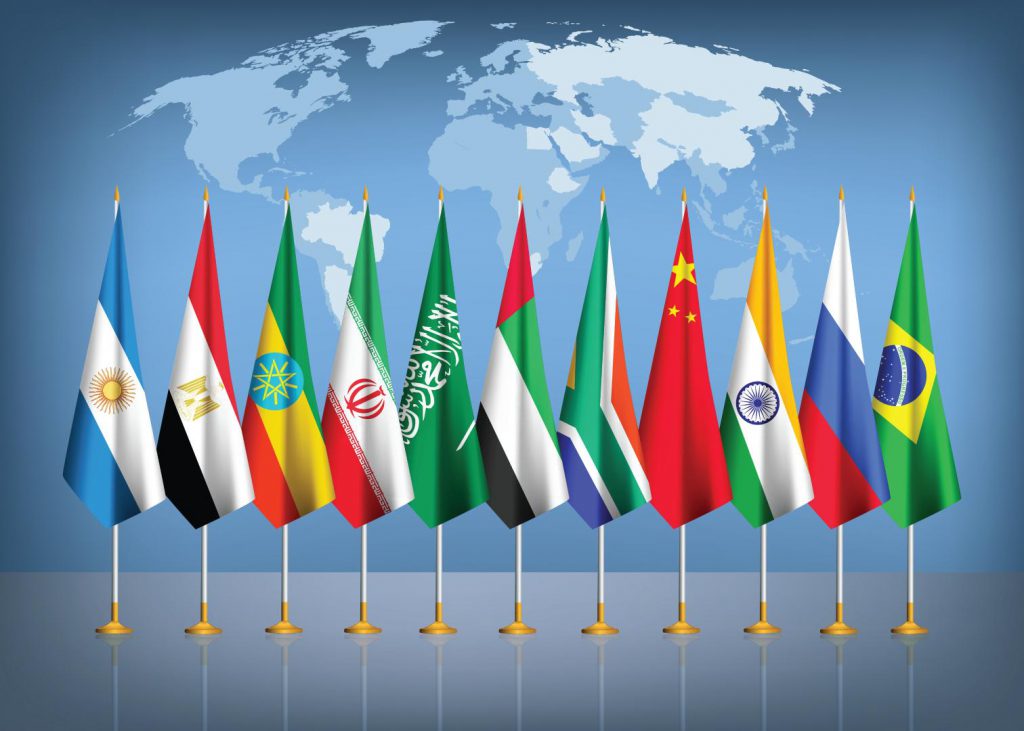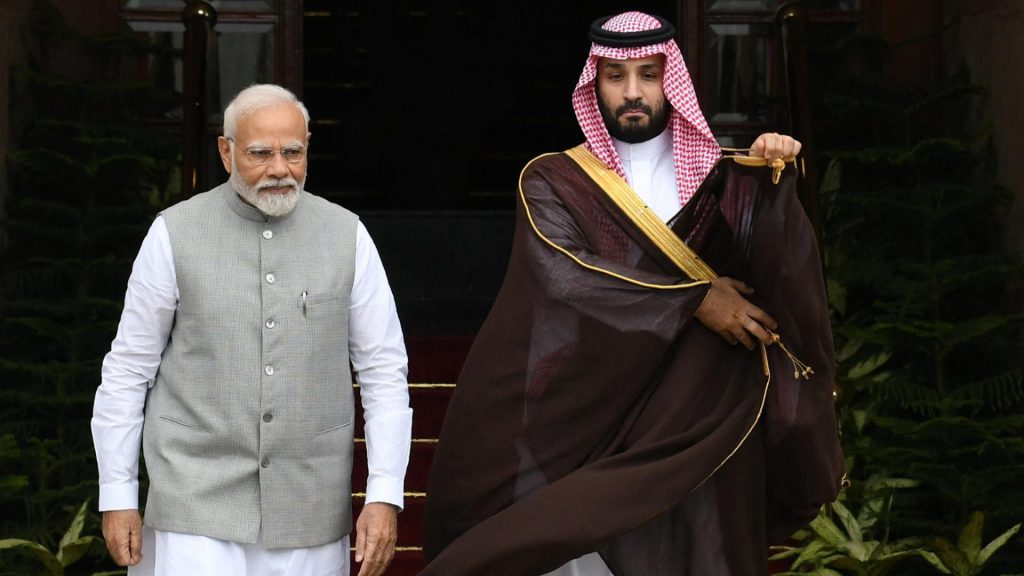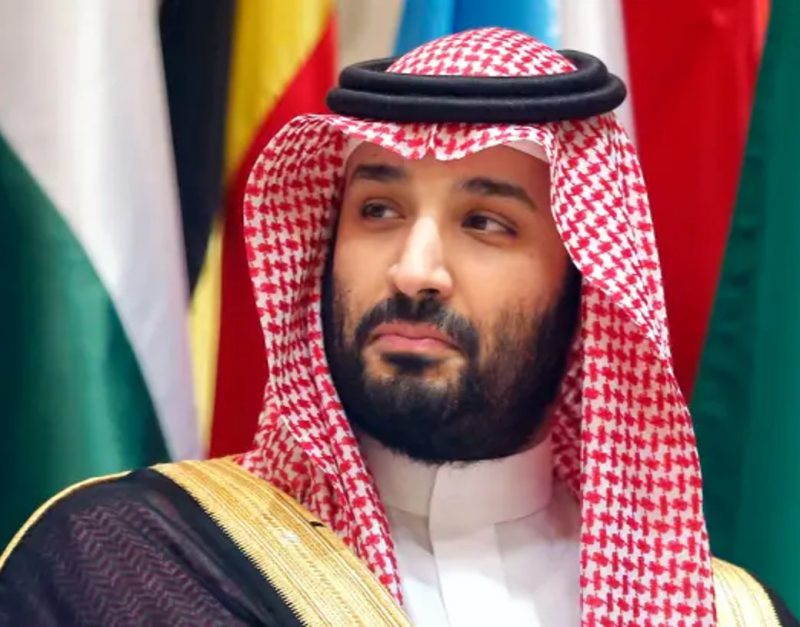In what is certainly a key byproduct of the alliance’s expansion, BRICS now holds $45 trillion in combined wealth after Saudi Arabia joined. Indeed, the economic alliance introduced five new countries that are set to be key parts of the bloc’s 2024. Subsequently, it has led to the bloc’s united wealth surpassing the G7 collective.
They also welcomed the United Arab Emirates (UAE), Egypt, Iran, and Ethiopia. Moreover, the expansive members of the alliance have also led to an increase in overall global GDP (PPP) and share of global oil production. Now, the bloc has surpassed the WEstern G7 in those three key areas.


Also Read: 34 Countries Look to Join BRICS Alliance After Saudi Arabia’s Entry
Saudi Arabia’s Inclusion Leads BRICS Combined Wealth to Surpass $45 Trillion
For much of the last year, the BRICS alliance grew significantly. Along with an increase in its de-dollarization initiatives, the bloc enacted its first expansion plan since 2001. Inviting six nations during their 2023 Annual Summit, five of those countries have officially accepted the invitation.
Now, those included nations have propelled the overall fortune of the collective to new heights. More than that, it has pushed the bloc to lead global collectives in this key area. INdeed, the BRICS alliance now holds $45 trillion in combined wealth after Suadi Arabia confirmed its entry.


Also Read: Iran Demands BRICS Digital Currency in 2024 to Ditch US Dollar
That increase catapults the alliance beyond the Western-dominated G7 collective. Moreover, the millionaire population of the BRICS nations is predicted to grow by 85% by the year 2034. That development showcases the economic power that is isolated into the various economic factions.
Moreover, the development assures that the BRICS bloc can lead global economic developments. Specifically, it can have more significant wealth to greater achieve its de-dollarization plans.
Overall, Saudi Arabia’s presence is a massive boost to that goal. Its alignment with the United States could create a massive bloc if it opts to cooperate with the alliance’s continued decreasing of greenback usage on an international level.





